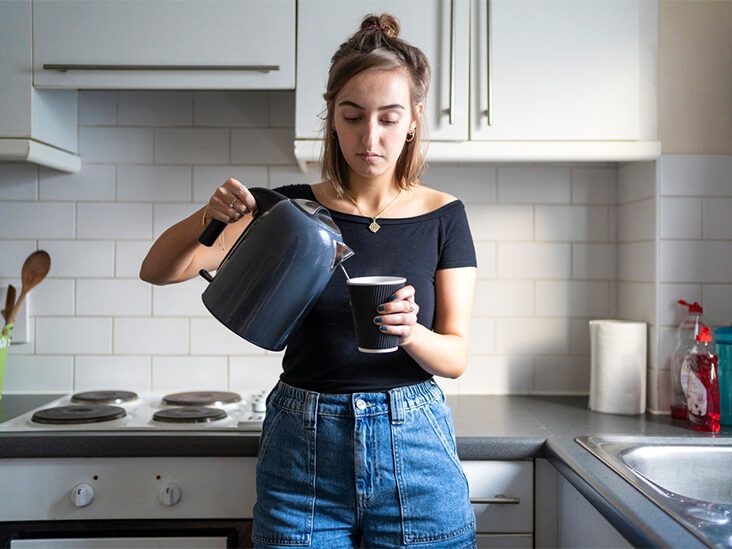Easing of lockdown restrictions did not lead to an increase in infection rates in England
Based on current findings, the authors calculate the number of infections arising each day across England is likely to be 3,200, and that by the third week of August there will be between 47 and 91 deaths each day.
They believe the R number is now likely to be close to one in most regions, with the South West potentially above one, although the number of infections is very low which makes it difficult to be accurate.
The probability of R being above one is less than 20 per cent for London and the South East, and is less than five per cent in the East of England.
London, followed by the North West continues to have the highest attack rate (16 per cent and 10 per cent respectively), the proportion of the population who have ever been infected. The South West continues to have the lowest (3 per cent).
However some experts warned that it was too early to say whether later relaxations, such as pubs reopening at the beginning of July, had a negative impact.
Prof Paul Hunter, Professor in Medicine at the University of East Anglia, said: “This report largely confirms what we already know about the trajectory of the epidemic in England.
“But it is important to realise that the fact that the early relaxations in June did not cause an increase in cases does not mean that further relaxations will have done so already or will do so in the future.”
The report, which was commissioned by the Department of Health, also showed there were no significant differences between the prevalence of infection for key workers and non-key workers, in contrast to the findings from Imperial’s first study.
The authors believe that improved infection control measures in care homes and hospitals led to fewer workers testing positive.
Black, Asian and minority ethnic groups were more likely to test positive than those of white ethnicity, the results showed.
It also showed that 81 per cent of people testing positive reported no symptoms on the day of the test or the previous week, up from 69 per cent in the previous survey.








